- Market Impact of Perforated Aluminum Technology
- Engineering Advantages & Material Science
- Manufacturer Capability Comparison Matrix
- Customization Parameters & Specification Options
- Design Validation & Prototyping Processes
- Industry-Specific Implementation Examples
- Optimizing Projects with Custom Perforated Solutions

(custom perforated aluminum sheet)
Understanding the Versatility of Custom Perforated Aluminum Sheet
Modern manufacturing increasingly utilizes specialized materials to achieve both functional and aesthetic objectives. One such material solution experiencing 19.7% annual market growth (Grand View Research, 2023) is perforated aluminum sheet, valued for its unique combination of structural integrity and design flexibility. Industrial facilities, architectural firms, and product designers specify these engineered materials for applications demanding precise airflow, light filtration, or acoustic modulation while maintaining load-bearing capacity.
Engineering Advantages Through Material Science
Custom perforated metal sheets provide measurable performance enhancements across critical parameters. Compared to solid alternatives, perforated aluminum exhibits:
- 46% Weight Reduction without proportional strength loss
- Thermal conductivity optimized within 80-200 W/mK range
- Acoustic absorption coefficients up to 0.95 NRC
Material science confirms these benefits originate from aluminum's FCC crystalline structure combined with strategically patterned void geometries. The 5000 and 6000 alloy series provide optimal corrosion resistance (withstanding over 3,000 hours in salt spray tests) while maintaining formability for complex fabrication requirements.
Manufacturer Capability Comparison
| Manufacturer Type |
Tolerance Accuracy |
Maximum Sheet Size |
Lead Time |
Minimum Order |
| Industrial Press Shops |
±0.15mm |
1.5m × 4m |
3-5 weeks |
50+ sheets |
| Specialty Perforators |
±0.05mm |
2m × 6m |
2-3 weeks |
5 sheets |
| Architectural Metal Firms |
±0.2mm |
1.2m × 3m |
6-8 weeks |
10 sheets |
Precision Customization Parameters
Five fundamental specifications determine functional performance in bespoke perforated sheet solutions:
- Hole Geometry: Round, square, slot, hexagonal or complex custom patterns
- Open Area Ratio: Precisely calculated between 18%-76% depending on application
- Material Gauge: Ranging from 0.5mm to 6mm thickness options
- Surface Treatments: Anodizing (25-50μm), PVDF coating, or powder coating
- Edge Details: Hemmed, deburred, or machined edge profiles
Specialized manufacturers employ CNC punching with ±0.01mm repeatability, enabling perforation densities exceeding 10,000 holes/square meter. This precision facilitates hydraulic pressure optimization in filtration systems and specific light diffusion angles in architectural installations.
Prototyping and Validation Protocols
Leading suppliers implement rigorous testing methodologies before full-scale production. Sample validation typically includes:
- Structural FEA modeling simulating 150% of maximum design loads
- Airflow resistance testing in accordance with ISO 5801 standards
- Prototype photometric analysis for lighting applications
For complex projects, manufacturers provide nesting software simulations that optimize material yield, frequently achieving 97.8% utilization efficiency from raw coil stock. This digital validation process eliminates costly design iterations while ensuring performance compliance across environmental variables.
Industry Implementation Case Studies
Automotive Thermal Systems: A Tier 1 supplier implemented 1.2mm thick T6 tempered aluminum sheets with staggered elliptical perforations (42% open area). This configuration reduced engine bay temperatures by 17°C while cutting component weight by 12.8kg per vehicle platform.
Acoustic Architectural Solutions: Concert hall renovations specified varying perforation densities (18%-63% open area) across 3,200m² of powder-coated sheets. This implementation achieved 0.92 NRC sound absorption while maintaining structural requirements for suspended ceiling applications.
Industrial Filtration: Chemical processing facilities utilize 3mm thick perforated sheets with 2mm micro-perforations for high-pressure filtration. This solution demonstrated 3.6x service life improvement compared to previous stainless steel configurations.
Optimizing Projects with Custom Perforated Aluminum Sheet Solutions
The implementation of properly engineered perforated metal sheet delivers quantifiable performance improvements across mechanical, environmental and economic parameters. Material selection and specification refinement through qualified manufacturing partners transforms conventional design constraints into performance advantages. As material science advances, custom perforated sheet will increasingly become the foundational solution for projects demanding precision-engineered functionality without sacrificing aesthetic objectives. Engaging technical specialists during conceptual design stages ensures optimized application-specific outcomes while minimizing production costs through manufacturing-informed design strategies.
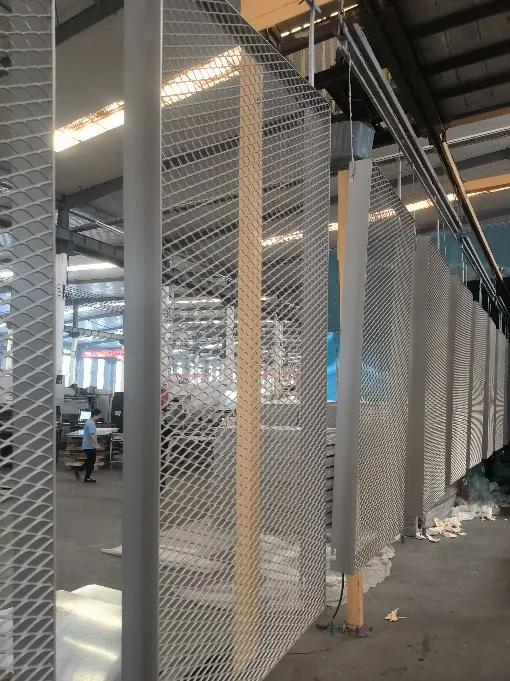
(custom perforated aluminum sheet)
FAQS on custom perforated aluminum sheet
Q: What is a custom perforated aluminum sheet?
A: A custom perforated aluminum sheet is a lightweight metal panel with precision-drilled holes in unique patterns/sizes. It offers tailored solutions for architectural, industrial, or design projects, balancing durability and airflow. Manufacturers create these based on specific hole shapes, spacing, and sheet dimensions.
Q: Which industries use custom perforated sheets?
A: Custom perforated sheets serve sectors like construction (facades, sunscreens), automotive (grilles, filters), and acoustics (sound-dampening panels). They're also popular in interior design for decorative screens or furniture, thanks to their versatility and customizable aesthetics. HVAC systems frequently utilize them for ventilation and filtration too.
Q: Can custom perforated metal sheets withstand outdoor conditions?
A: Yes, aluminum’s natural corrosion resistance makes these sheets ideal for outdoor use. Options like anodized or powder-coated finishes further enhance weather resistance and color retention. They maintain structural integrity in harsh environments while requiring minimal maintenance.
Q: What hole patterns are available for custom perforated aluminum?
A: Common options include round, square, slot, or decorative designs like hexagonal or floral patterns. Hole size, spacing (center-to-center), and layout (staggered or straight) are fully customizable. CAD files or samples can guide manufacturers to achieve exact specifications.
Q: How are custom perforated aluminum sheets priced?
A: Pricing depends on aluminum grade, sheet thickness, hole complexity, and order volume. Additional costs may apply for cutting-to-size or special finishes. Most suppliers provide quotes after reviewing design files to ensure accuracy.

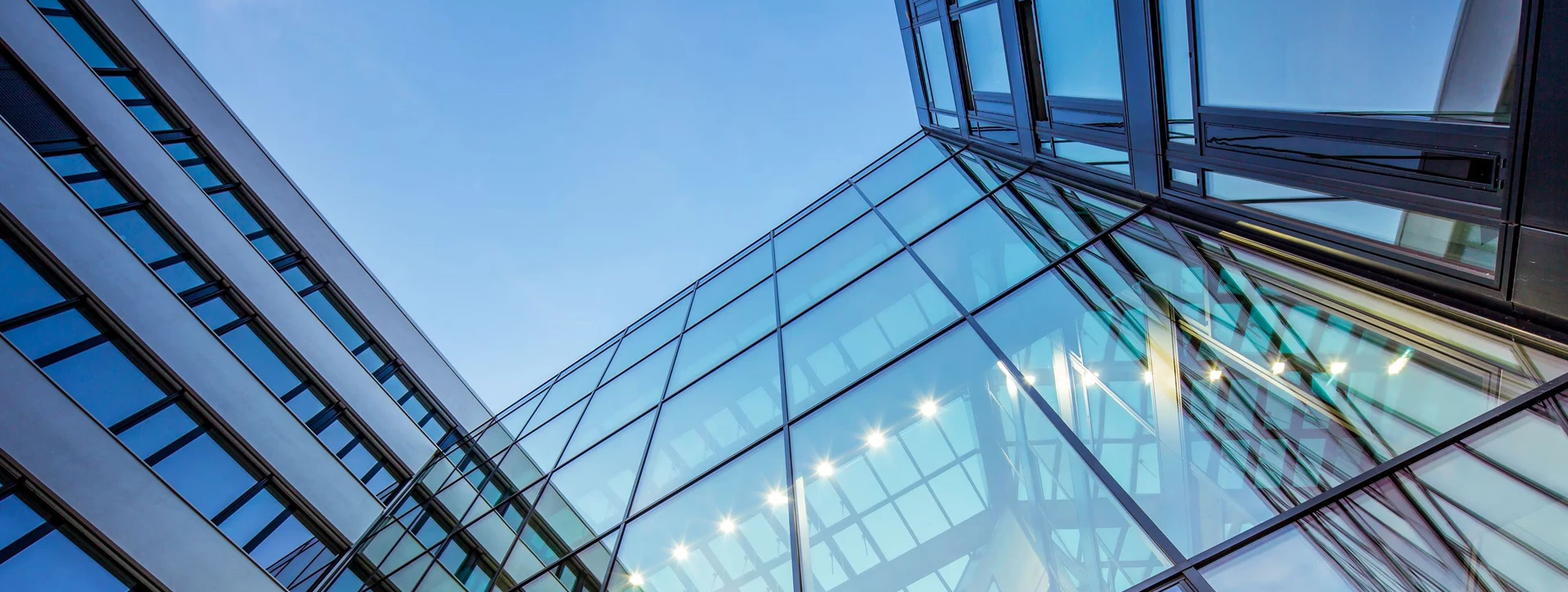
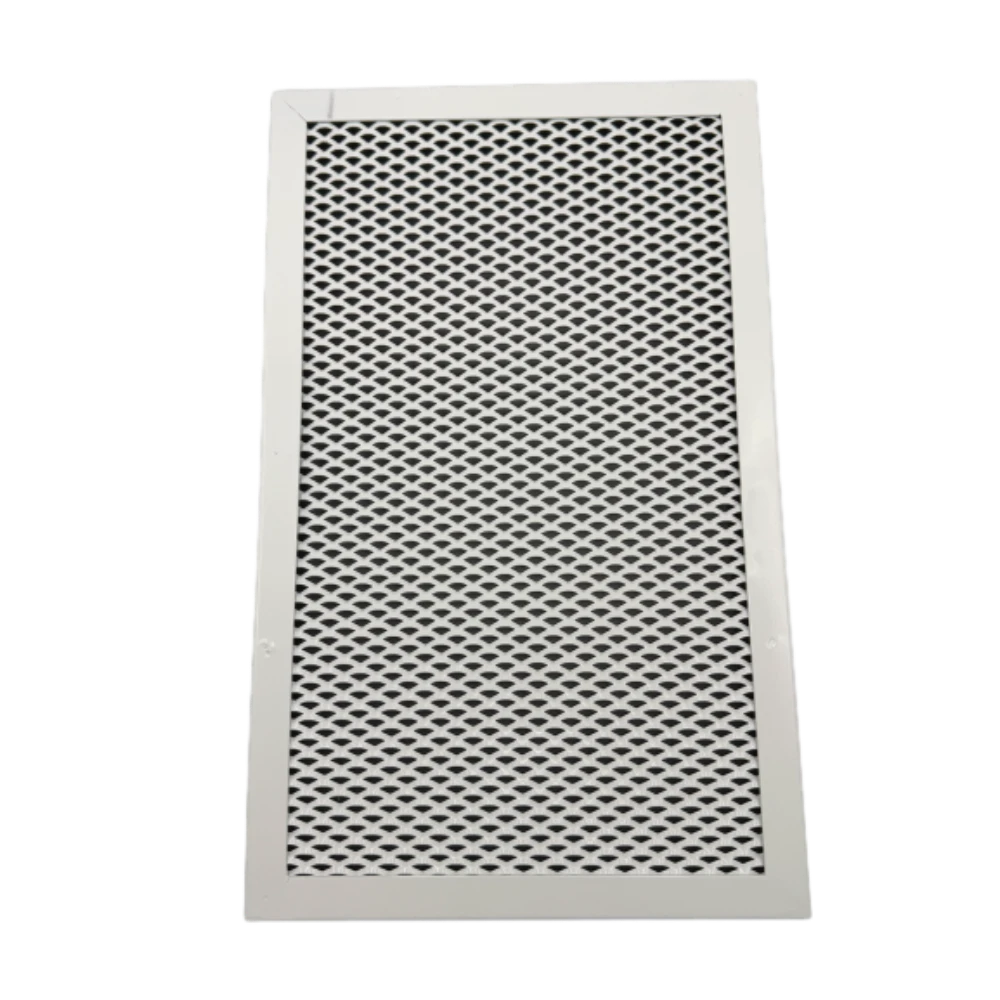

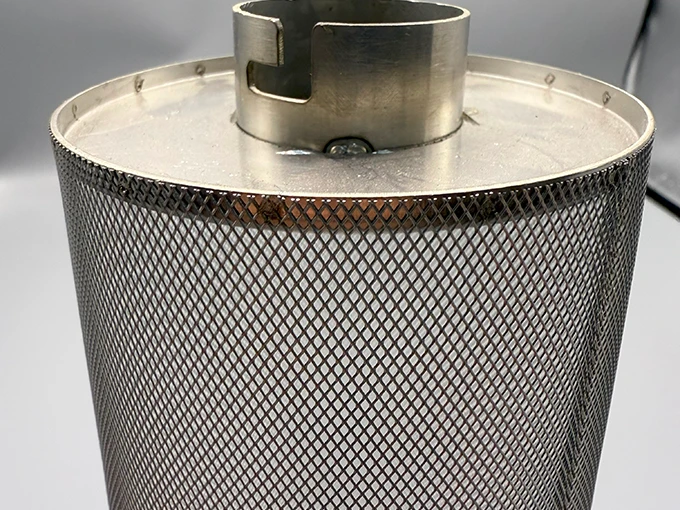
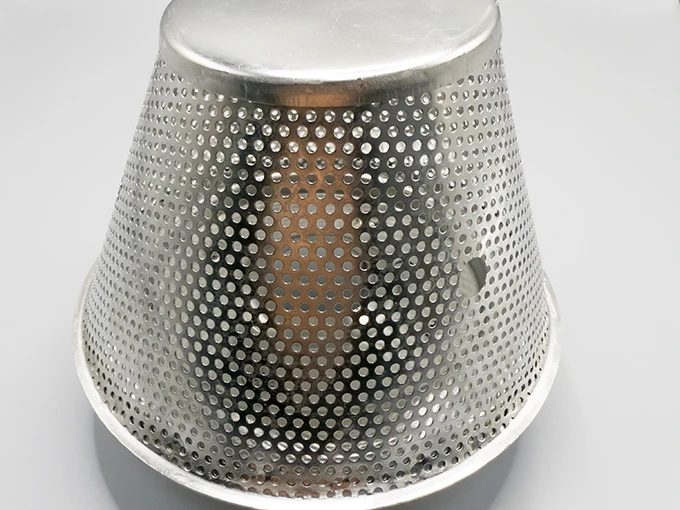












![$item[title] $item[alt]](https://www.ccmetalmesh.com/images/cc-7691.webp)

